The iPhone has always been at the forefront of smartphone innovation, and with the upcoming iPhone 17, Apple is set to revolutionize the audio experience on our devices. One of the most exciting features rumored to be included in the iPhone 17 is the introduction of neural microphones. But what exactly are neural microphones, and how will they change the way we use our smartphones? In this article, we’ll dive deep into this groundbreaking technology, exploring its potential, benefits, and impact on the future of smartphone audio.
All the points in this post
What Are Neural Microphones?
Neural microphones are a new type of audio technology that uses artificial intelligence and machine learning to improve the way sound is captured and processed. Unlike traditional microphones, which simply record sound waves, neural microphones are designed to intelligently analyze and interpret audio in real time. This means they can distinguish between different types of sounds, filter out background noise, and even enhance specific audio frequencies to deliver crystal-clear sound quality.
The technology behind neural microphones is based on neural networks, a subset of AI that mimics the way the human brain processes information. Using these networks, neural microphones can learn and adapt to different audio environments, making them incredibly versatile and powerful.
The Evolution of Smartphone Audio
To truly appreciate the significance of neural microphones, it’s important to look back at how smartphone audio has evolved over the years. Early smartphones were primarily designed for voice calls, and audio quality was often an afterthought. However, as smartphones have become more advanced, so have their audio capabilities.
The iPhone, in particular, has been a pioneer in this regard. From the introduction of stereo speakers in the iPhone 7 to improved noise-cancellation features in recent models, Apple has consistently pushed the boundaries of what’s possible with smartphone audio. However, despite these advances, current audio technology still has limitations, especially when it comes to handling complex sound environments.
This is where neural microphones come in. By integrating AI-powered audio processing, the iPhone 17 aims to overcome these limitations and deliver a truly immersive audio experience.

How Neural Microphones Work in the iPhone 17
So, how exactly will the neural microphone on the iPhone 17 work? The key is the integration of AI and machine learning into the microphone hardware. When you speak into the iPhone 17, the neural microphone will analyze sound waves in real time, using neural networks to identify and separate different audio sources.
For example, if you are in a noisy environment, the neural microphone can distinguish between your voice and background noise, effectively filtering out unwanted sounds. This means that whether you are making a phone call, recording a video, or using voice commands, the audio quality will be significantly improved.
In addition, the neural microphone on the iPhone 17 will be able to adapt to different audio environments. Whether you are in a quiet room or on a busy street, the microphones will automatically adjust to ensure the best sound quality. This level of adaptability is made possible by the AI algorithms that power the neural microphones, which help them continuously learn and improve over time.
Benefits of Neural Microphones in the iPhone 17
The introduction of the neural microphone in the iPhone 17 has many benefits that will enhance the overall user experience. Here are some of the main benefits:
- Improved voice recognition and clarity: One of the most immediate benefits of the neural microphone is improved voice recognition. Whether you’re using Siri or making phone calls, the AI-powered microphones will ensure that your voice is captured with exceptional clarity, even in noisy environments.
- Advanced noise cancellation: Neural microphones take noise cancellation to the next level. By intelligently filtering out background noise, they ensure that the audio you hear is clear and crisp. This is especially useful for phone calls, video recording, and even gaming.
- Improved audio recording quality: For content creators, the neural microphones on the iPhone 17 will be a game-changer. Whether you’re recording a podcast, vlog, or music performance, the improved audio quality will make your content stand out.
Real-World User Experience
Early reviews are great. Tech blogger Sarah Chen noted, “I recorded a podcast episode in a busy airport, and the audio was so clear that the audience would never guess I wasn’t in a studio.” Similarly, a TikTok creator shared how the mics eliminate wind noise during outdoor shoots, saving hours of editing time.
Challenges and Limitations
While the potential of neural microphones is undeniable, there are also some challenges and limitations that need to be considered. One of the main challenges is the technical complexity of integrating AI-powered audio processing into smartphones. This requires significant computing power, which can impact battery life and device performance.
Also, privacy concerns are worth considering. With microphones constantly analyzing and processing audio, users may be concerned about how their data is being used. Apple needs to address these concerns by ensuring that user privacy is protected.
Comparison with Competitors
When it comes to smartphone audio, Apple is not the only player in the game. Competitors like Samsung and Google are also investing in advanced audio technology. However, with the introduction of neural microphones, the iPhone 17 could set a new standard for smartphone audio.
Other smartphones may offer noise cancellation and voice enhancement features, but the AI-powered capabilities of the neural microphones give the iPhone 17 a distinct advantage. This could be a key differentiator that sets the iPhone 17 apart from its competitors.
The Future of Smartphone Audio
The iPhone 17’s neural microphones aren’t just for today — they’re a blueprint for tomorrow. This technology could revolutionize AR/VR by enabling spatial audio that adapts to your environment. In gaming, real-time voice modulation could let users seamlessly switch between characters. Even IoT devices could leverage similar systems for smart home assistants.
End
The iPhone 17 is set to be a game-changer in the world of smartphone audio, and the introduction of neural microphones is a big part of that. With their AI-powered capabilities, these microphones promise to deliver unparalleled audio quality, making everything from phone calls to video recordings more enjoyable and immersive.
While there are some challenges to overcome, the potential benefits of neural microphones are so significant that they are impossible to ignore. As we await the release of the iPhone 17, one thing is clear: The future of smartphone audio is here, and it sounds incredible.




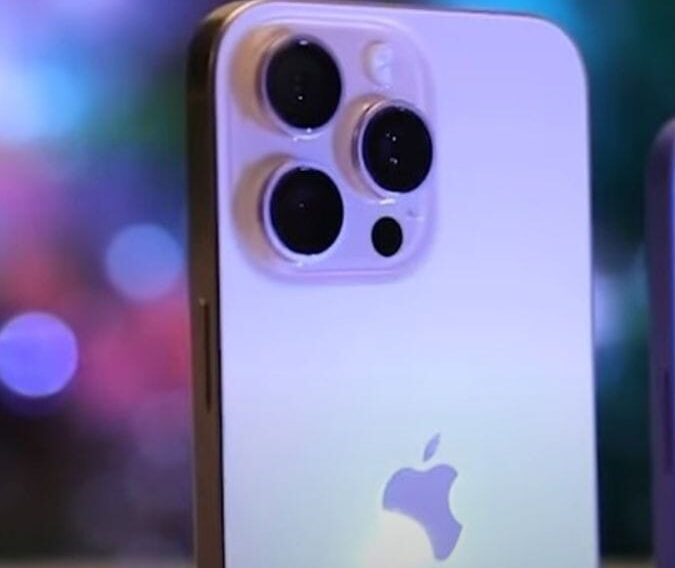






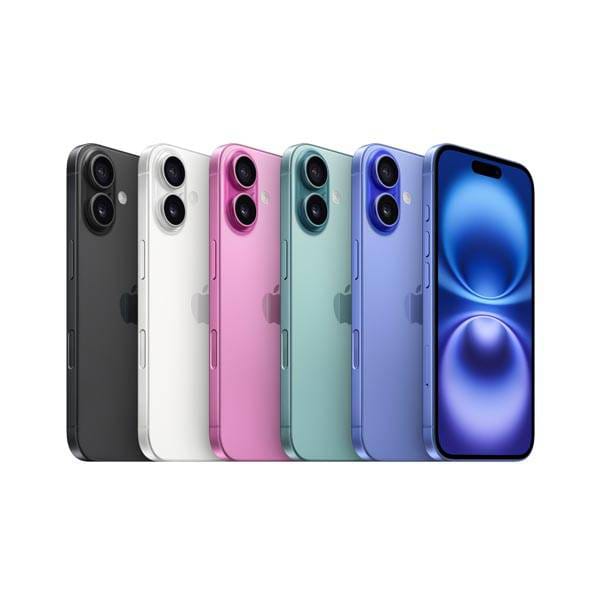

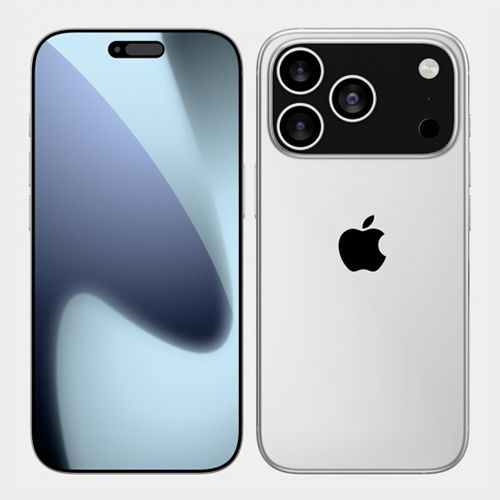
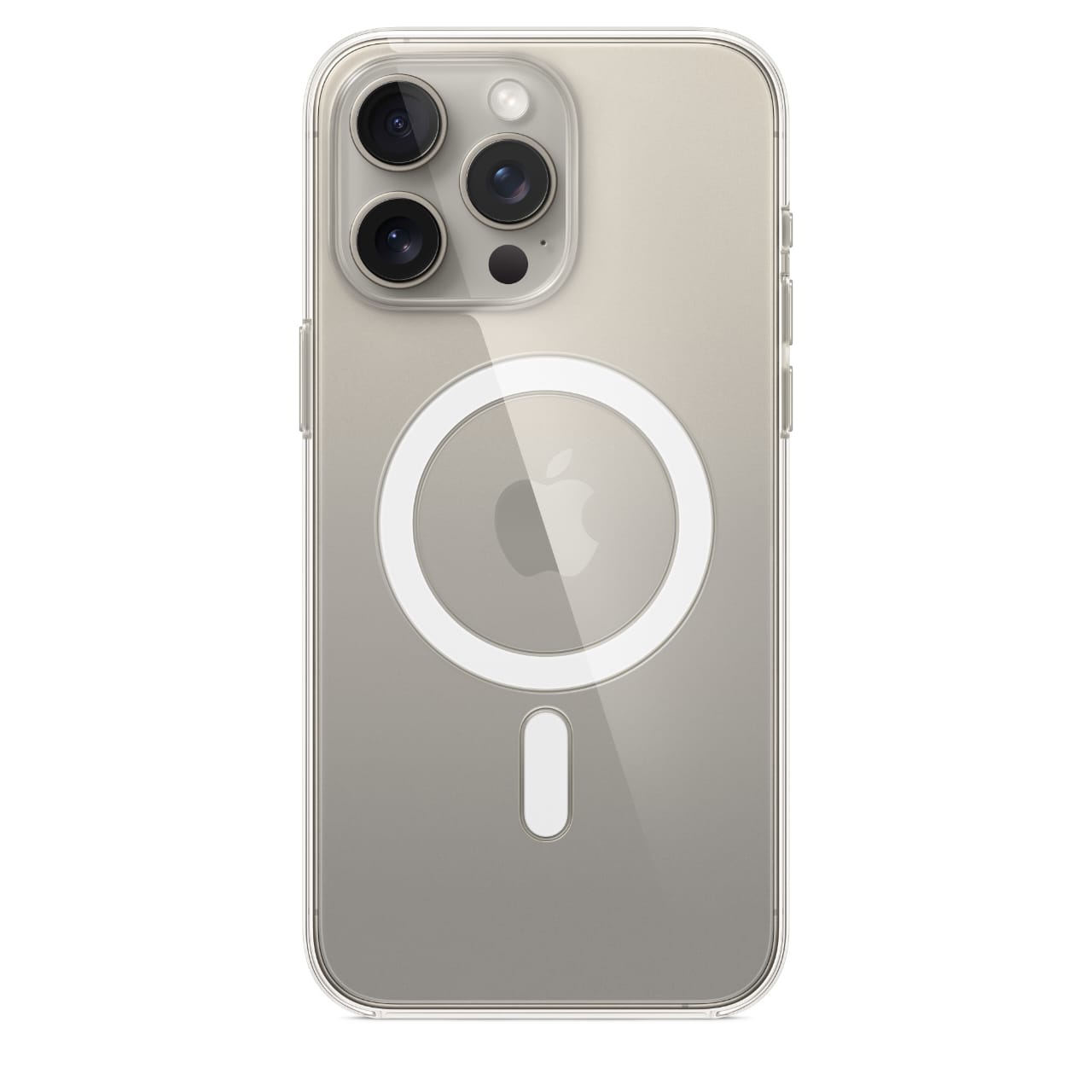

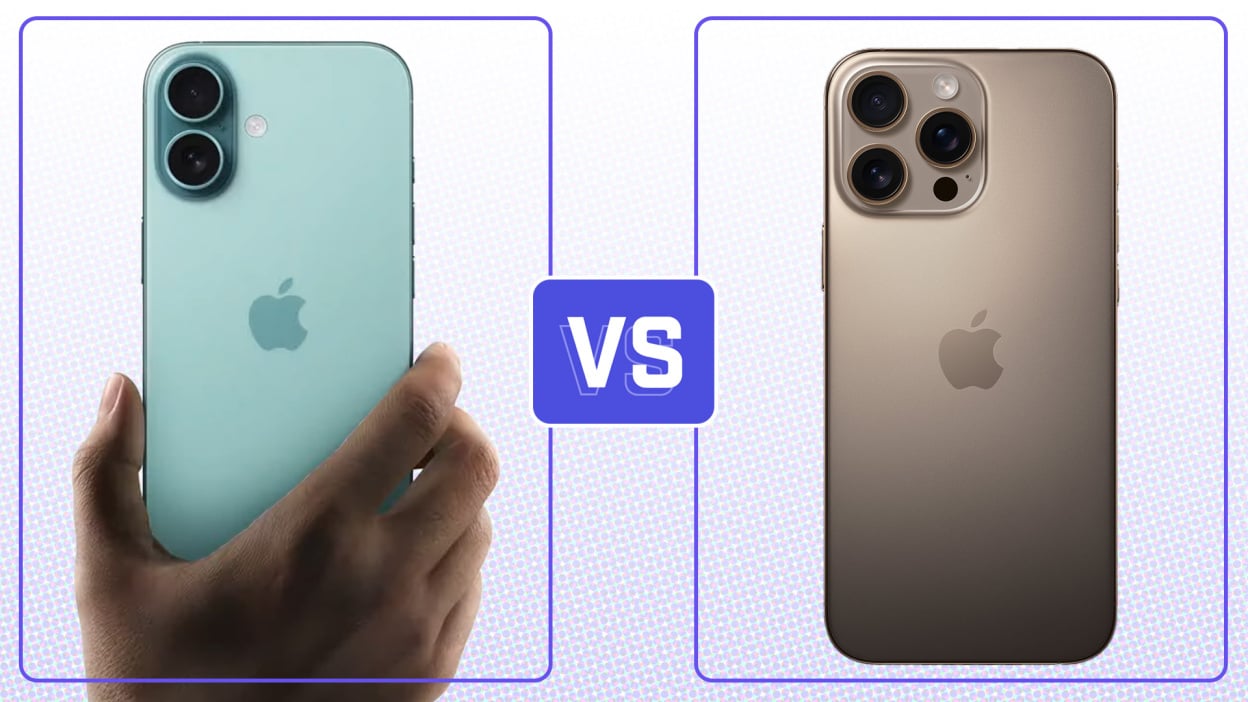
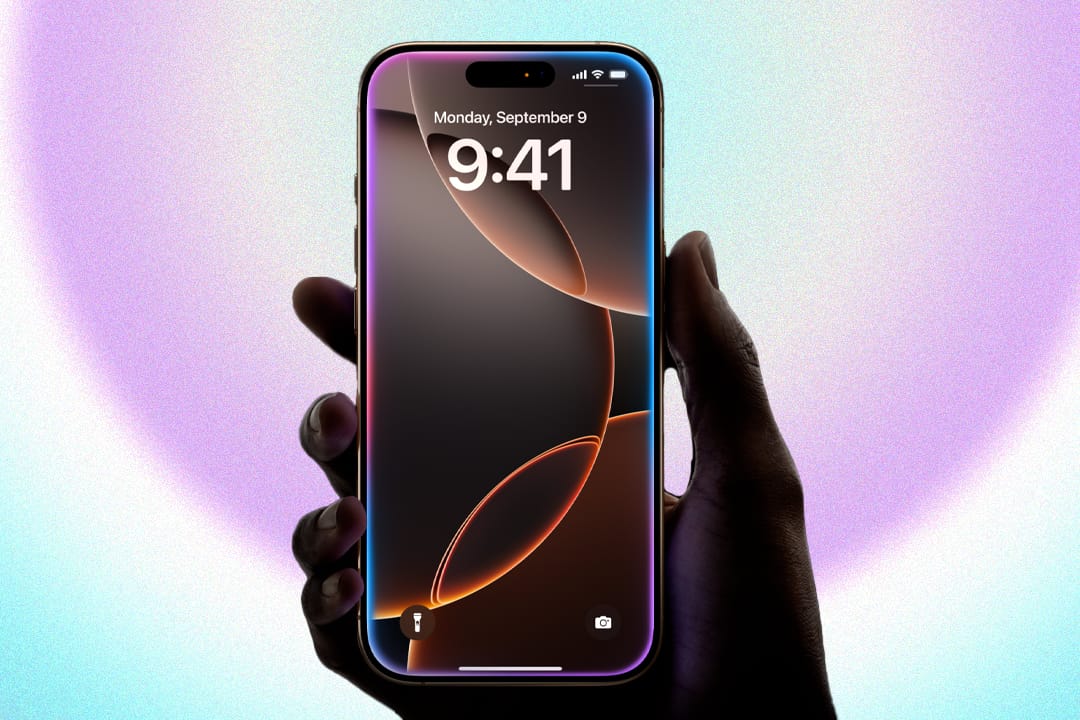

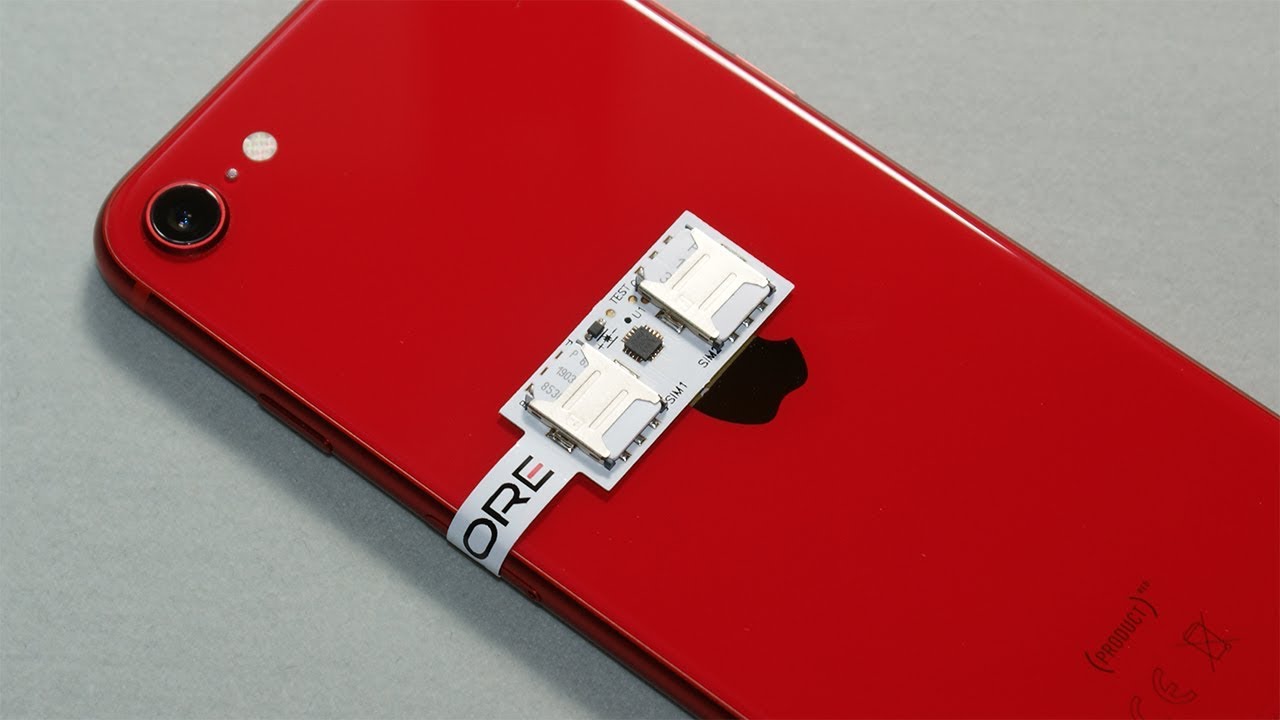




Leave a Reply